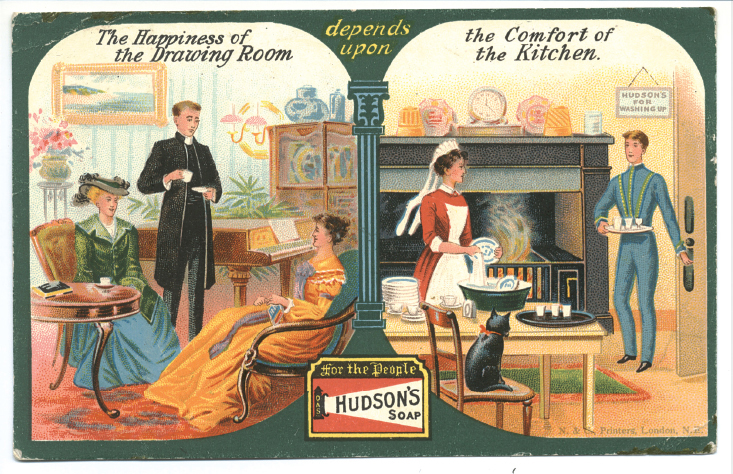Understanding World Societies:
Printed Page 733
Social Inequality and Class
By 1850 at the latest, the wages and living conditions of the working classes were finally improving. Greater economic rewards, however, did not significantly narrow the gap between rich and poor. In fact, economic inequality worsened in Europe over the course of the nineteenth century and reached its height on the eve of World War I.
Despite extreme social inequality, society had not split into two sharply defined opposing classes, as Marx had predicted. Instead economic specialization created an almost unlimited range of jobs, skills, and earnings; one group or subclass blended into another in a complex, confusing hierarchy.
Between the tiny elite of the very rich and the sizable mass of the dreadfully poor existed a range of subclasses, each filled with individuals struggling to rise or at least to hold their own in the social order. A confederation of middle classes was loosely linked by occupations requiring mental, rather than physical, skill. As the upper middle class, composed mainly of successful business families, gained in income and progressively lost all traces of radicalism after the trauma of 1848, they were drawn toward the aristocratic lifestyle.
One step below was a much larger group of moderately successful industrialists and merchants, professionals in law and medicine, and midlevel managers of large public and private institutions. The expansion of industry and technology called for experts with specialized knowledge, and the most valuable of the specialties became solid middle-
Food, housing, clothes, and behavior all expressed middle-
At the beginning of the twentieth century about four out of five Europeans belonged to the working classes, that is people whose livelihoods depended primarily on physical labor. Many of them were small landowning peasants and hired farm hands, especially in eastern Europe. The urban working classes were even less unified than the middle classes. Economic development and increased specialization during the nineteenth century expanded the traditional range of working-
Highly skilled workers, who made up about 15 percent of the working classes, became known as the labor aristocracy. They were led by construction bosses and factory foremen. The labor aristocracy also included members of the traditional highly skilled handicraft trades that had not transitioned to mechanized production, as well as new kinds of skilled workers such as shipbuilders and railway locomotive engineers.
Below the labor aristocracy stood the complex world of semiskilled and unskilled urban workers. A large number of the semiskilled were factory workers who earned good wages and whose relative importance in the labor force was increasing. Below the semiskilled workers was a larger group of unskilled workers that included day laborers and domestic servants.

Early-
To make ends meet, many working-
Despite their harsh lives, the urban working classes found outlets for fun and recreation. Across Europe drinking remained a favorite working-